A season of torment for farmers who rely on hay
| Published: 08-14-2023 2:03 AM |
NORWICH — “Make hay while the sun shines” reads more like a taunt than turn-of-phrase wisdom for farmers this summer.
Hay could soon be in short supply, with growers saying it’s the worst season for the crop in memory. Flood waters in early July submerged some fields. But even once the water recedes, farmers have to contend with muddy ground that can damage equipment and make the going rough.
A stretch of even a couple of sunny days is crucial to the haying process, which requires a period of drying. Upper Valley communities in Vermont and New Hampshire have seen up to three inches of rain in the last week alone.
“We’re not out of the water yet, literally and metaphorically,” said Jared Johnson, who’s in the 10th generation of his family to farm at the Sanctuary Dairy in Sunapee. “But this is just the way it goes. If it was easy, everyone would do it.”
In Vermont, of the nearly 200 farms affected by the flooding, one-third cite loss of crop meant for animal feed as the most significant damage, according to a recent survey by the state’s Agency of Agriculture, Food and Markets. More than half of the survey respondents expect to experience feed shortage or feed quality issues.
Josh Horan, whose family owns Northeast Corner Farm, where they raise beef cattle in Norwich, needs two straight days of dry weather to eke the moisture out of his hay. That’s been hard to come by this summer.
Hay is often cut multiple times a season on a single field. First cut hay is more fibrous, with thicker grass stems and sometimes containing flowering heads, called tassel. The second cutting is fluffier and greener, with a higher protein content.
Horan is usually done with his first cut around the first of July, but as mid-August approaches this year, he’s still not finished with the initial pass.
Article continues after...
Yesterday's Most Read Articles
 Homeless Upper Valley couple faces ‘a very tough situation’
Homeless Upper Valley couple faces ‘a very tough situation’
 Lebanon’s Jewell back from auto accident, more aware of ‘drowsy driving’ dangers
Lebanon’s Jewell back from auto accident, more aware of ‘drowsy driving’ dangers
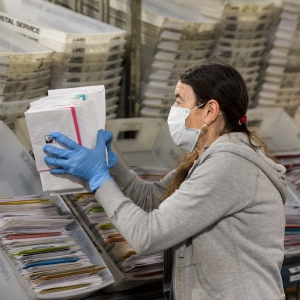 Plan on track to ship Upper Valley mail to Connecticut for sorting
Plan on track to ship Upper Valley mail to Connecticut for sorting
 West Lebanon crash
West Lebanon crash
 Crane crash on Interstate 89
Crane crash on Interstate 89
He traces the issues with this season’s production back even further than the rain. The late frost that struck the region in late May and froze orchards also might have stymied grass growth.
“I’m not a scientist, but in my observation, the orchard grass, which makes up a lot of the first cut roughage, was way down from the beginning,” Horan said. “I was getting, by volume, less than half of what I usually get.”
There is an art to hay making. To assemble the large, round, wrapped bales of haylage, and especially for the smaller, square bales of dry hay, growers have to pay close attention to the quality of their soil and the weeds getting into the pastures.
“And the thing that we would like to be able to control is exactly when we’d be able to harvest everything,” Horan said. “The nutrition is optimal at a certain point, and if the weather’s not cooperating, it’s a problem.”
Climate change models predict wetter summers across New England in the coming years. This will matter to hay growers in Vermont, where hay and haylage yielded roughly $158 million in production in 2022, up from the year before, according to data from the U.S. Department of Agriculture. Last year, 165,000 acres of cropland in Vermont were devoted to growing hay, as compared to New Hampshire’s 42,000 acres.
Gardner Stetson raises horses in Newport, N.H. “The only salvation we have is remaining supply from last year that will get us through,” he said.
Cows can eat the more moist haylage, but horses need dry hay. “I just called our one last customer who was buying hay from us and told them we’d have to cease selling until further notice,” he said. “What I’ve got to do is prioritize feeding our own.”
When the growing gets tough, people look across state lines for hay. “But the problem doesn’t seem to be unique only to this immediate area,” Stetson said. “It seems to be rather widespread. That’s what’s unusual.”
Typically, a shortage is more localized, he added. When there’s a lack of hay in the Upper Valley, there will be better production in the Northeast Kingdom, in upstate New York or Quebec. But many neighboring areas, and others more far-flung, have been suffering the same foul weather.
“I’m talking to producers in Alabama, Ohio and even in Colorado that have had unusually wet seasons,” Stetson said.
Johnson, the Sunapee dairy farmer, milks 40 Holsteins. He makes high-moisture round bale hay on 100 acres of field but even still needs at least three days of dry weather.
Like Horan, Johnson hasn’t finished his first cut. “We’re behind, and feed quality is going to suffer a bit,” Johnson said. Milking herds need higher-quality feed than beef cattle, and some say the quality of the hay shows through in the taste of the milk.
Chet Miller, who has been buying and selling hay in Vermont for decades, “from Springfield to Chelsea,” has found little luck crisscrossing the length of the area. “There’s no hay right now,” he said.
“There are a lot of nervous people out there,” Miller said. “I’ve got orders for hay that I can’t find.”
But he remembers lessons learned from years past, including last summer, when cutting happened unusually late, lasting well into September. “As an old-timer told me, there’s always a planting and there’s always a harvest,” he said.
Miller’s customers — people who raise livestock and don’t grow their own hay — will feel the issue in their pocketbooks.
Horan, the Norwich beef cattle farmer, said he heard about someone selling dry square bales straight out of the field. Square bales are proving to be the hardest to come by, as opposed to haylage — the large, round, bales wrapped in white plastic — which have a higher moisture content, giving it more wiggle room in wet growing seasons.
“He was selling them for seven dollars a bale,” he said. “They’re usually $3.50 to four dollars, maybe five. And that hay wasn’t even delivered or stacked or anything.”
Vermont Secretary of Agriculture Anson Tebbetts encouraged farmers, as well as animal owners priced out of feed, to reach out to the U.S. Department of Agriculture Farm Service Agency.
“They might be able to lend service and support to help with crop damage or lack of availability of feed,” Tebbetts said in an interview on Thursday.
The Agency of Agriculture is also working on compiling a feed directory, which would be open to listings from out-of-state growers as well. “Hundreds of thousands of acres of feed crop was underwater in Vermont, whether it be hay or corn,” Tebbetts said. “We’re concerned.”
Jen Straub runs the nonprofit Vermont Hay Bank in Dorset, Vt. The hay bank operates like a “bank account,” Straub said. Her team provides grants to people struggling financially to buy hay directly from their regular suppliers.
The organization also hosts the Dorset Equine Rescue shelter, where people sometimes bring their animals when they can no longer afford to care for them. High prices across the board have driven more people than ever to the hay bank, she said, and even higher prices for hay could be catastrophic.
“The shelter is very full already,” Straub said. “So what’s going to happen this winter when people start running out of hay?”
Frances Mize is a Report for America corps member. She can be reached at fmize@vnews.com or 603-727-3242.

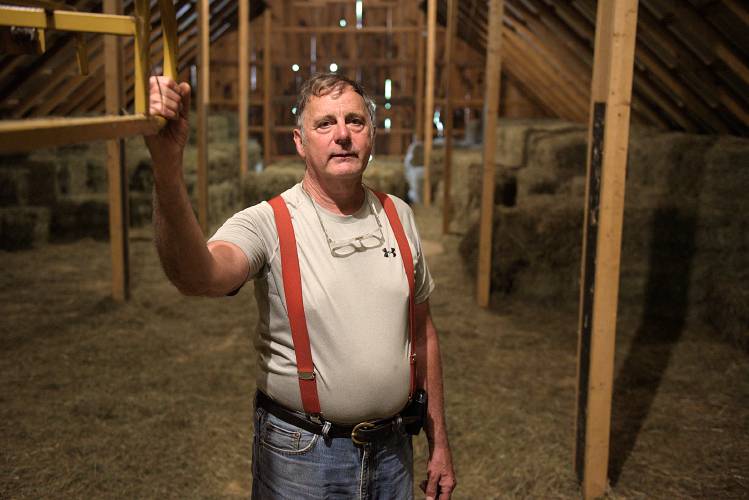
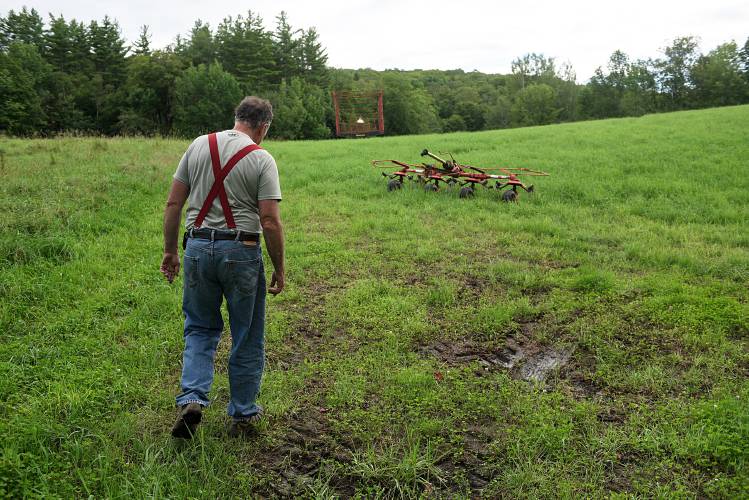
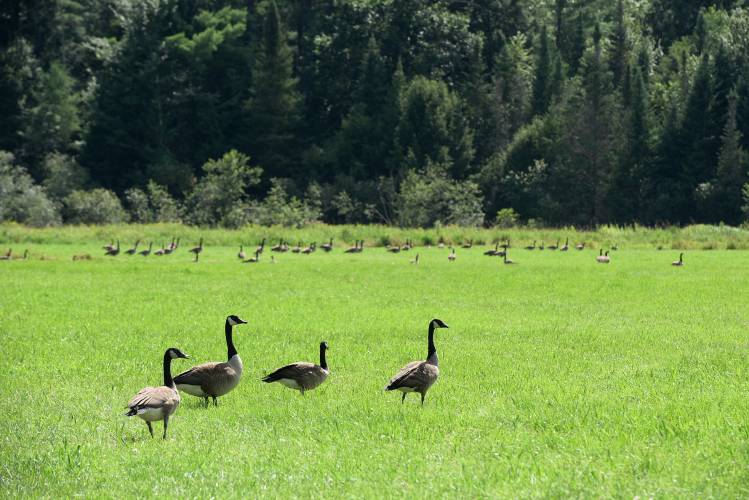
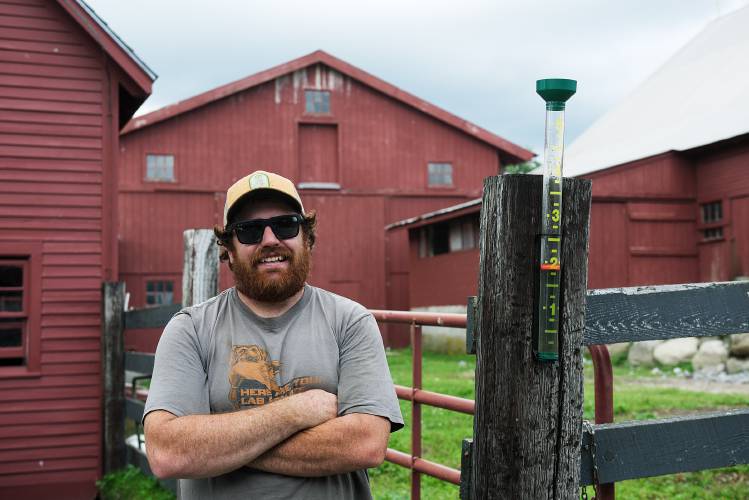
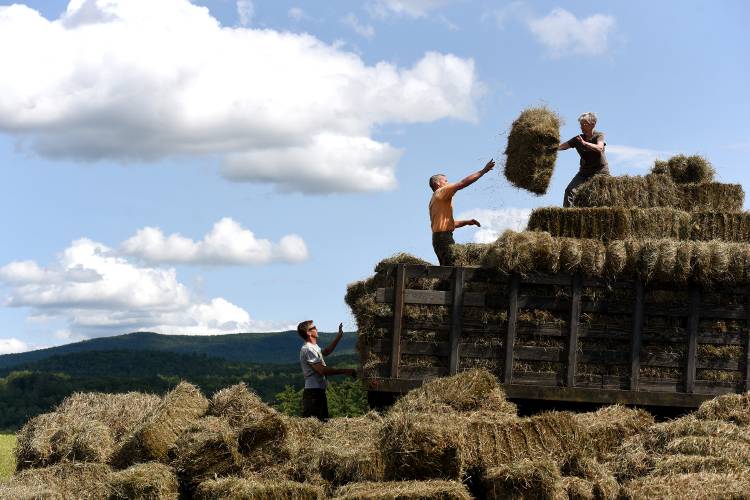
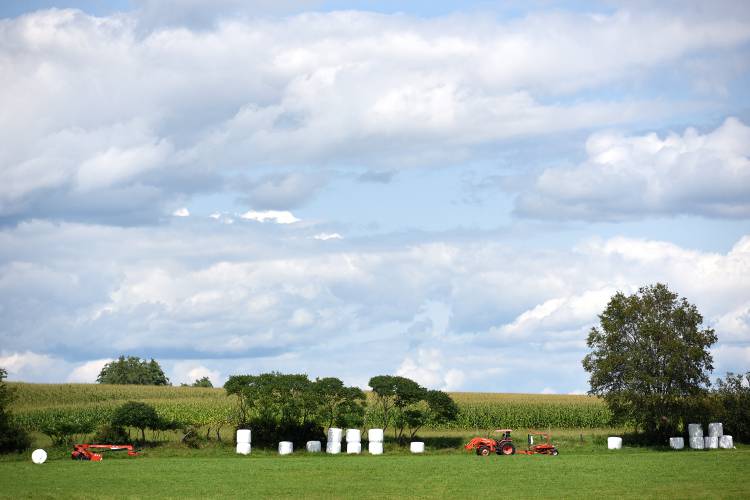
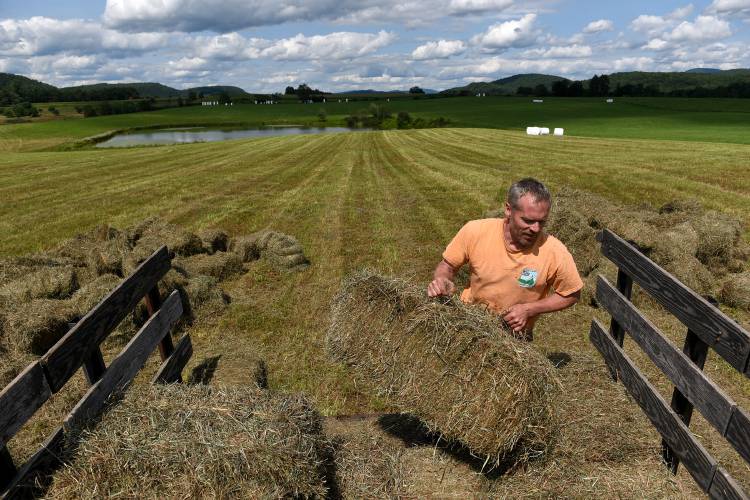
 Kenyon: Constitutional rights should trump Dartmouth’s private interests
Kenyon: Constitutional rights should trump Dartmouth’s private interests
